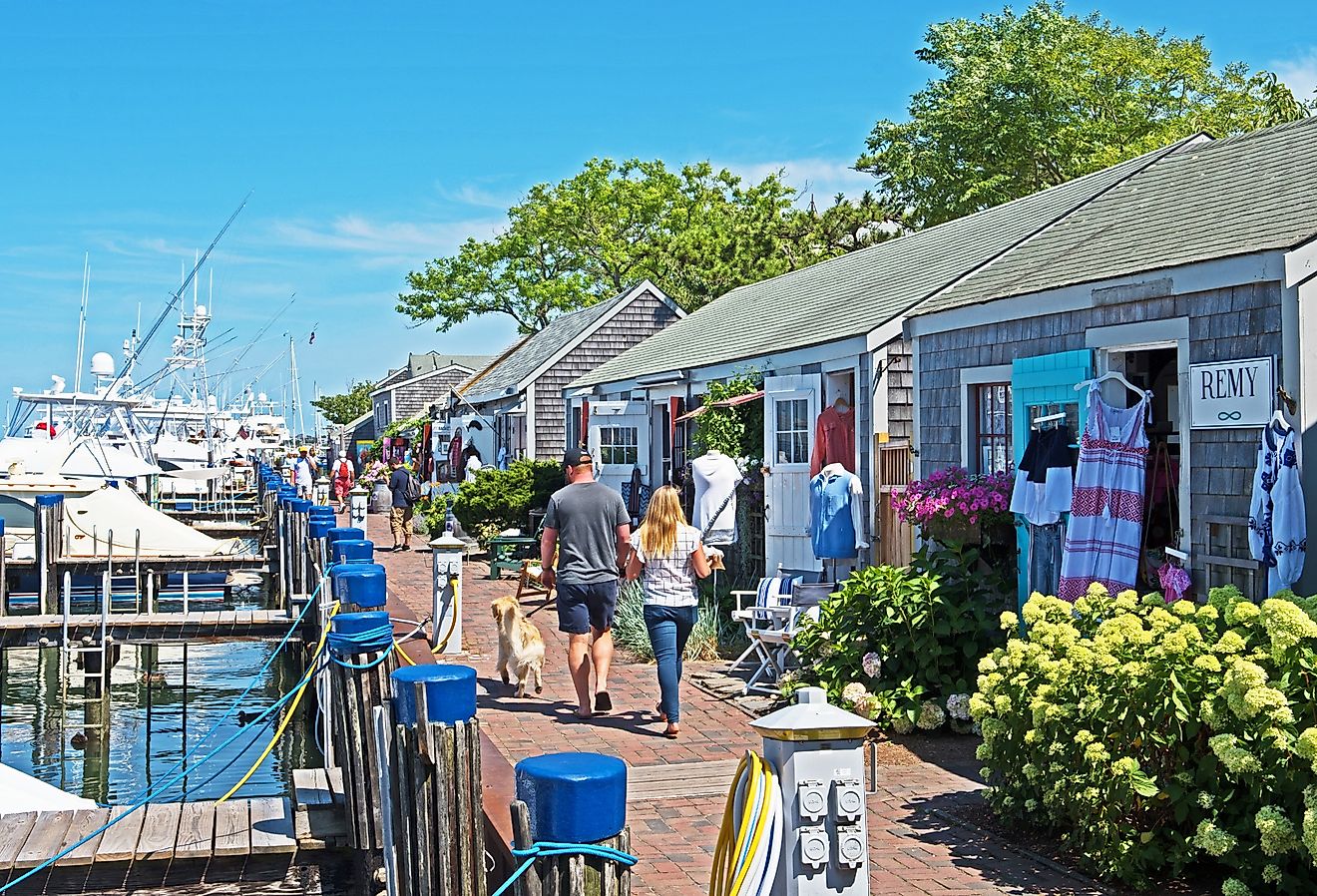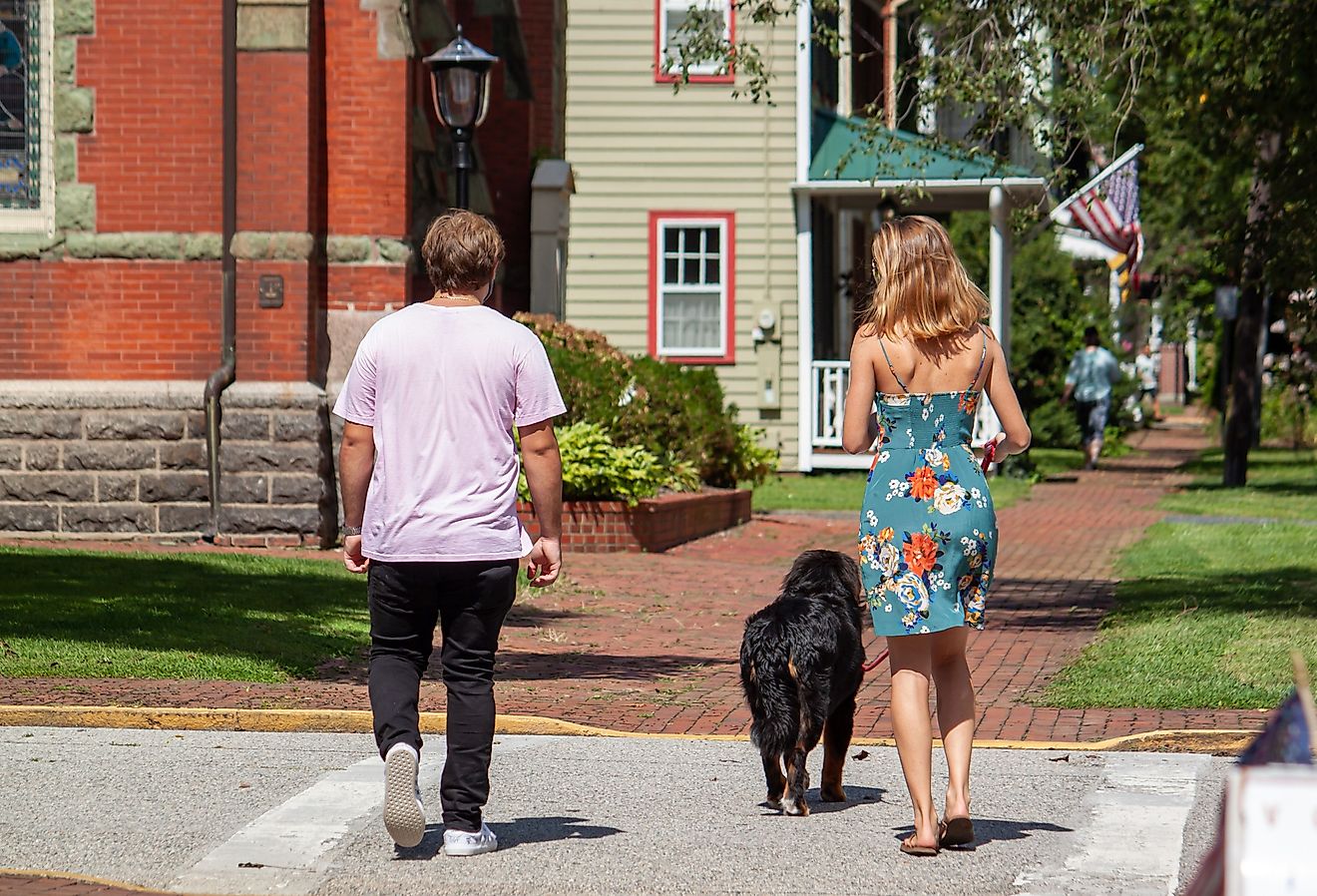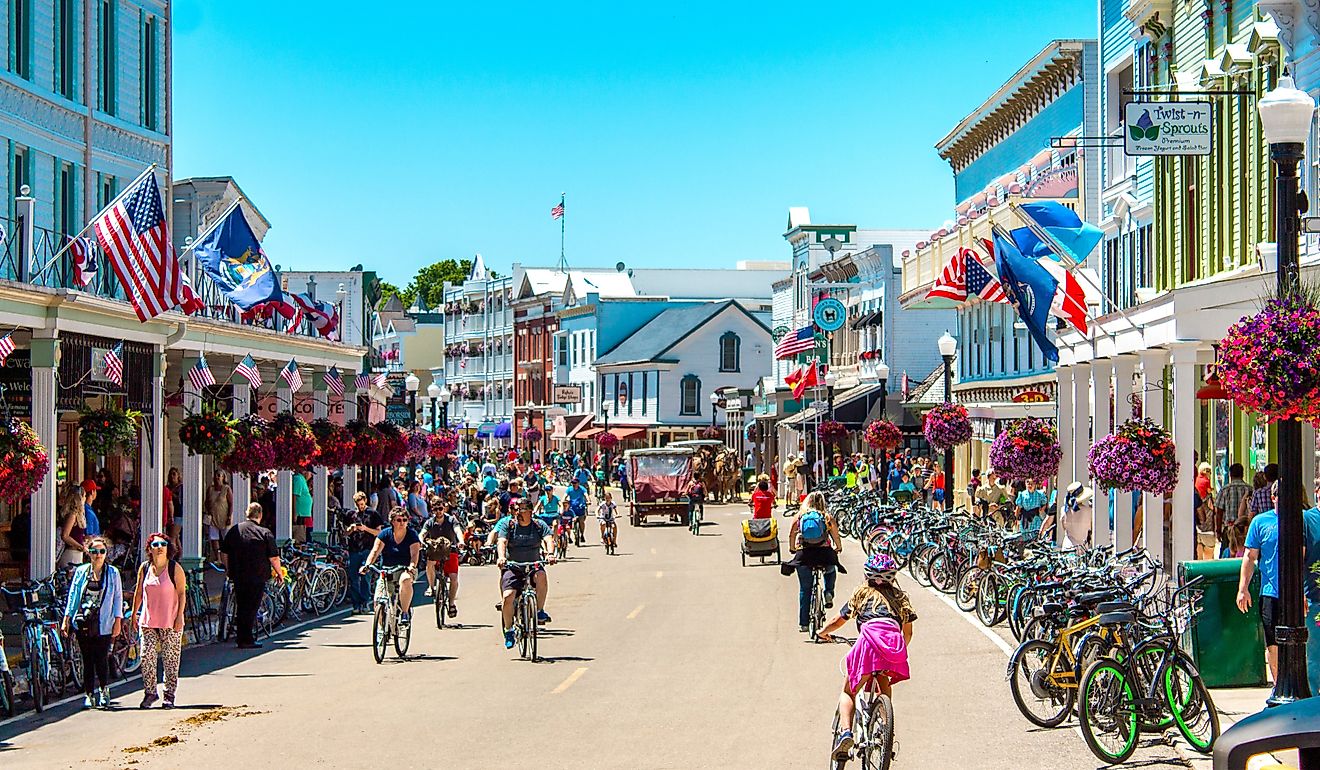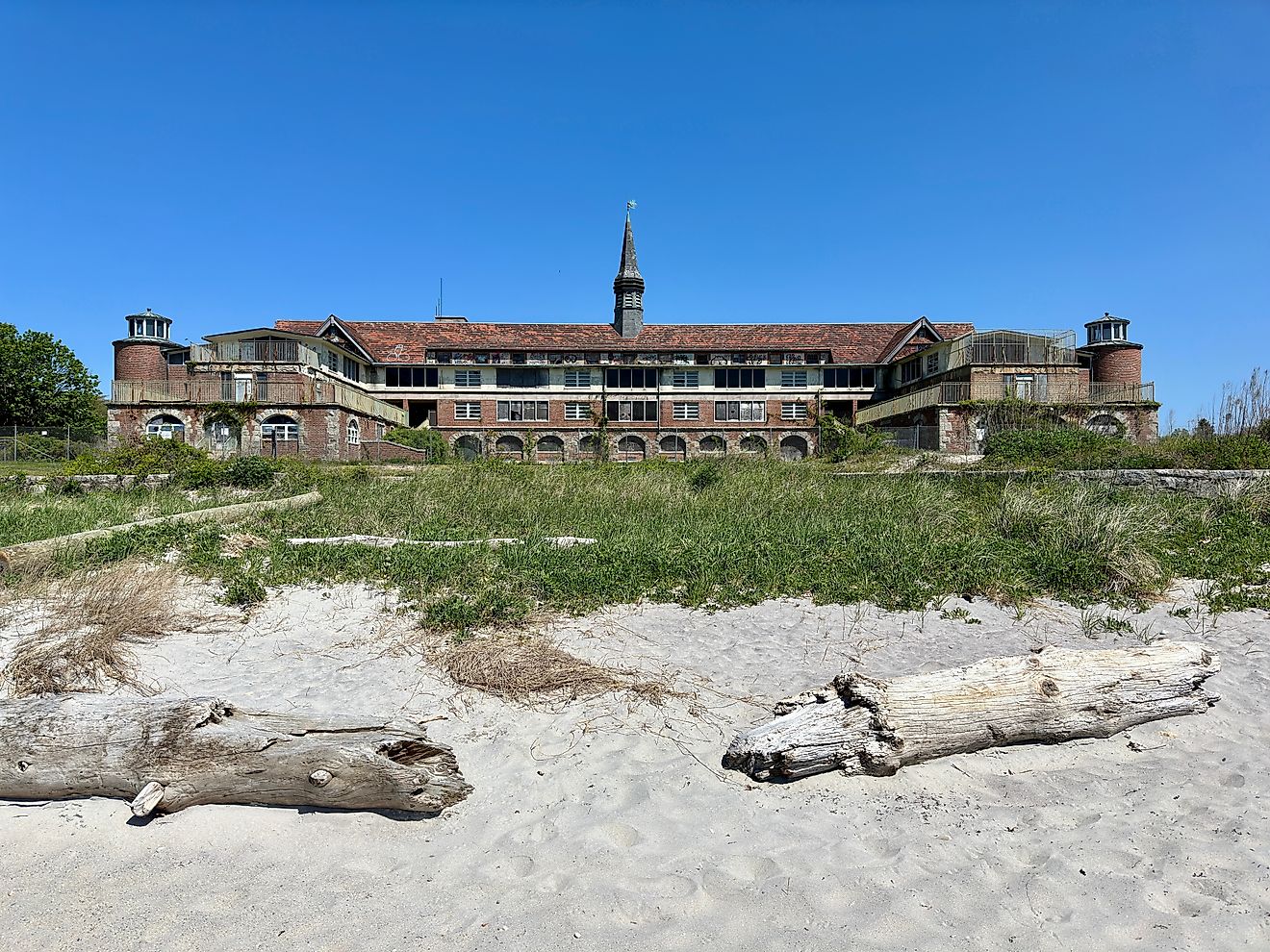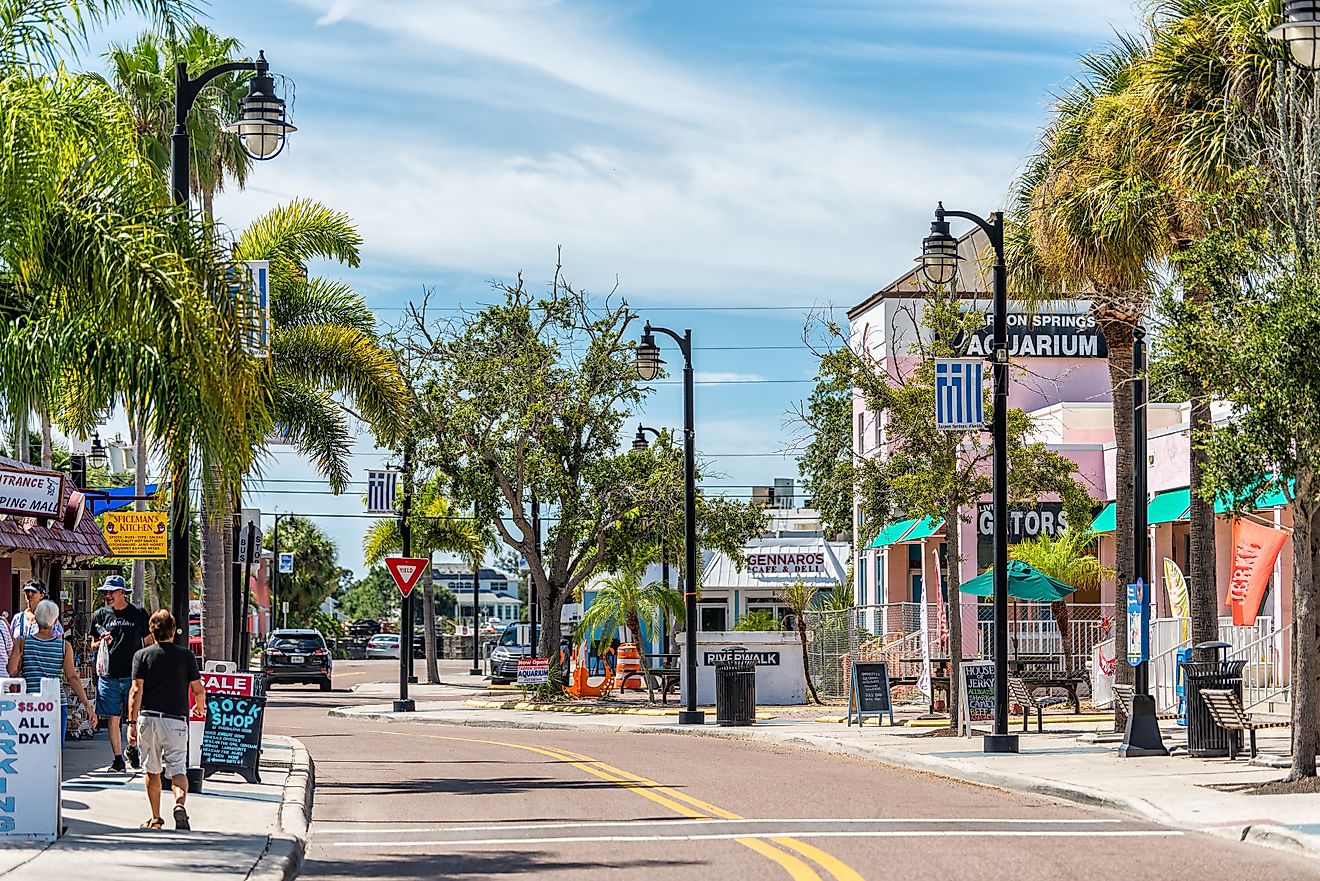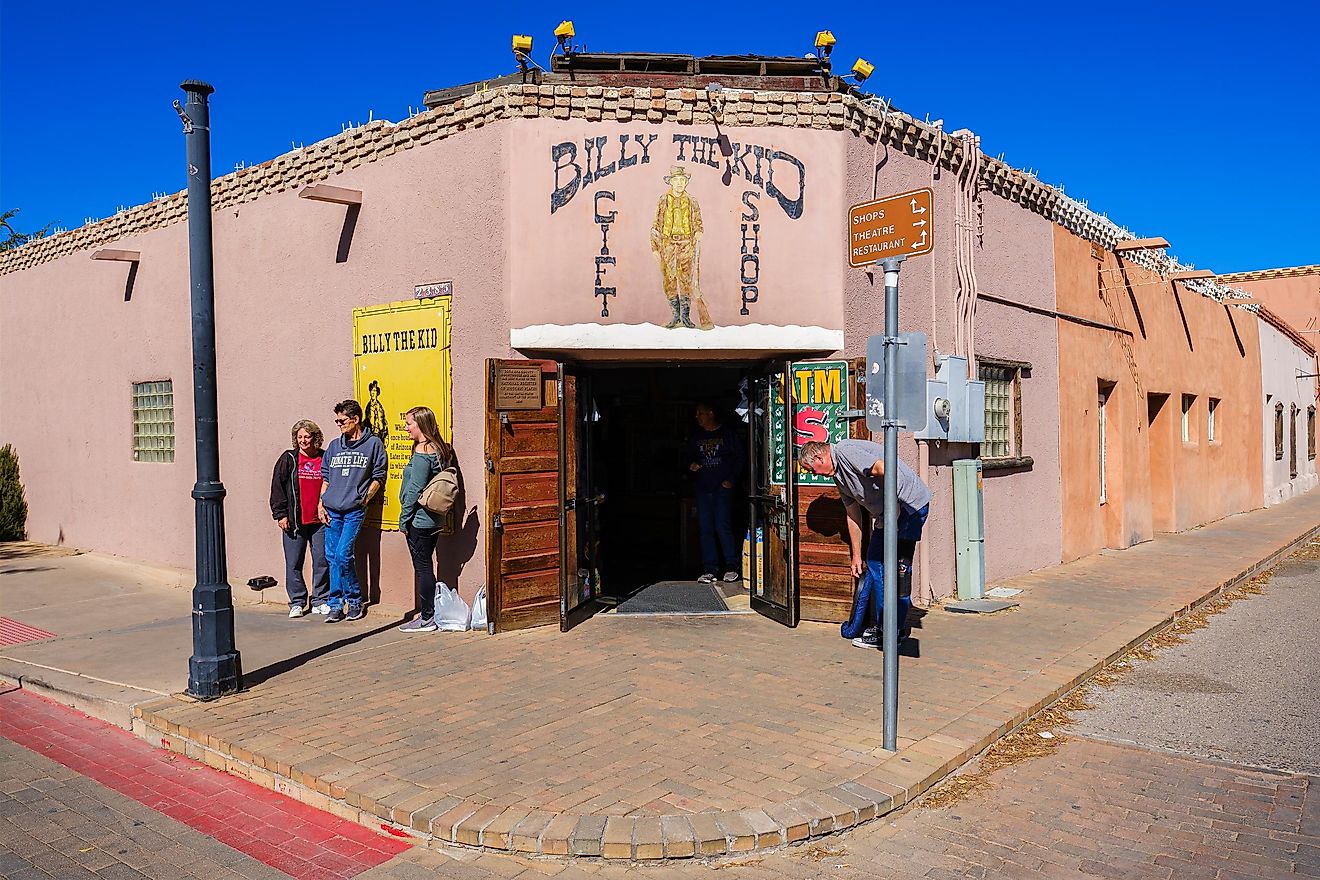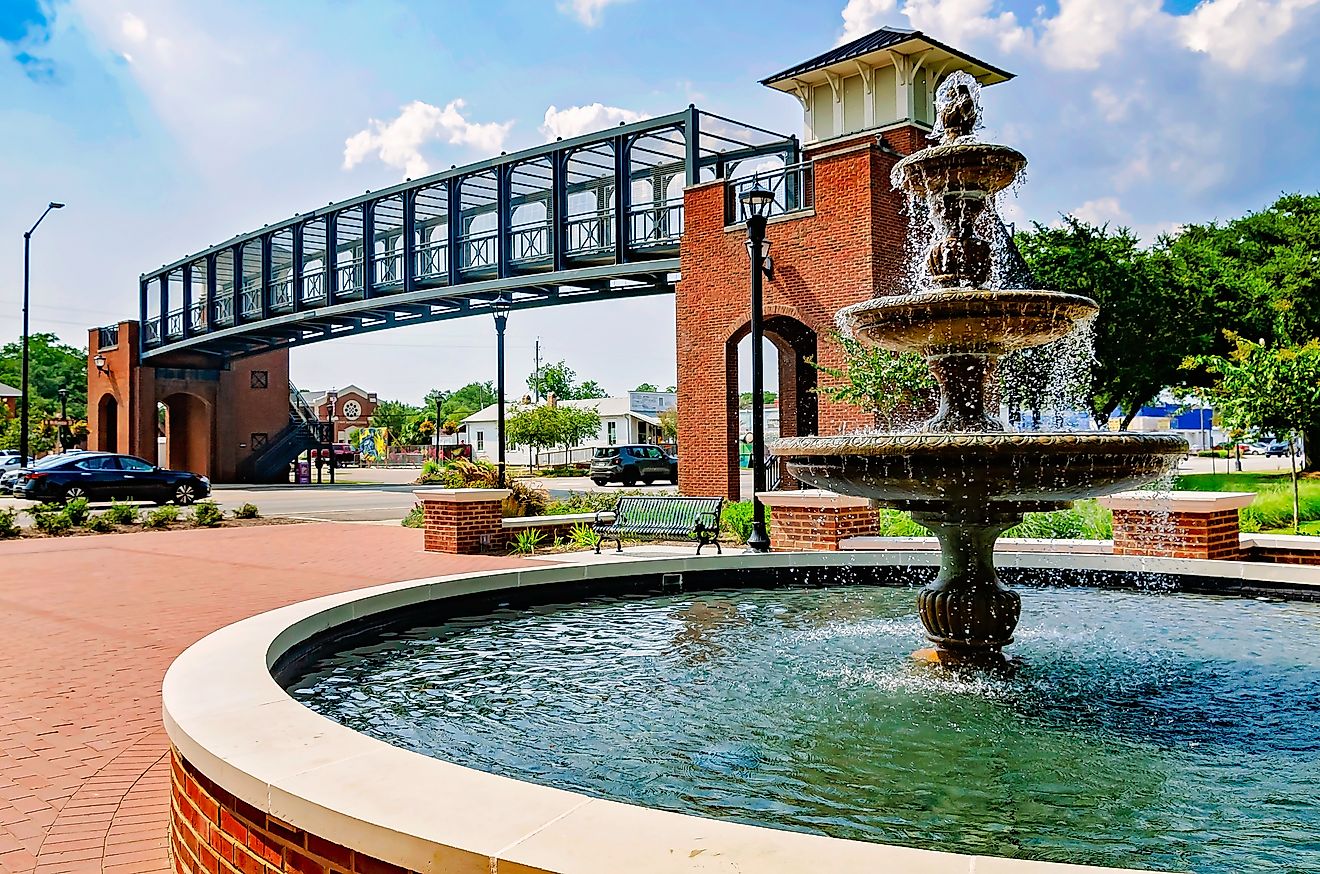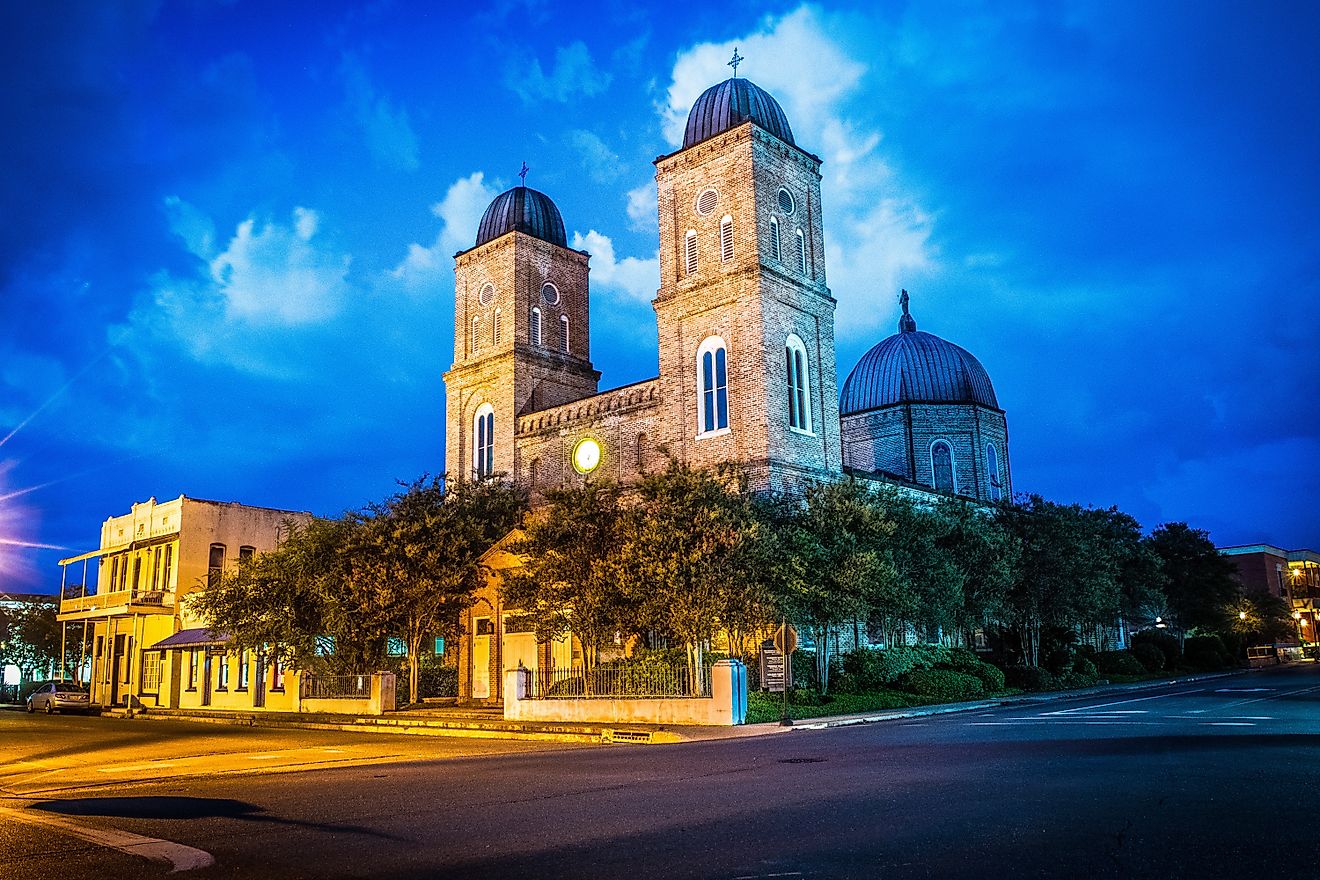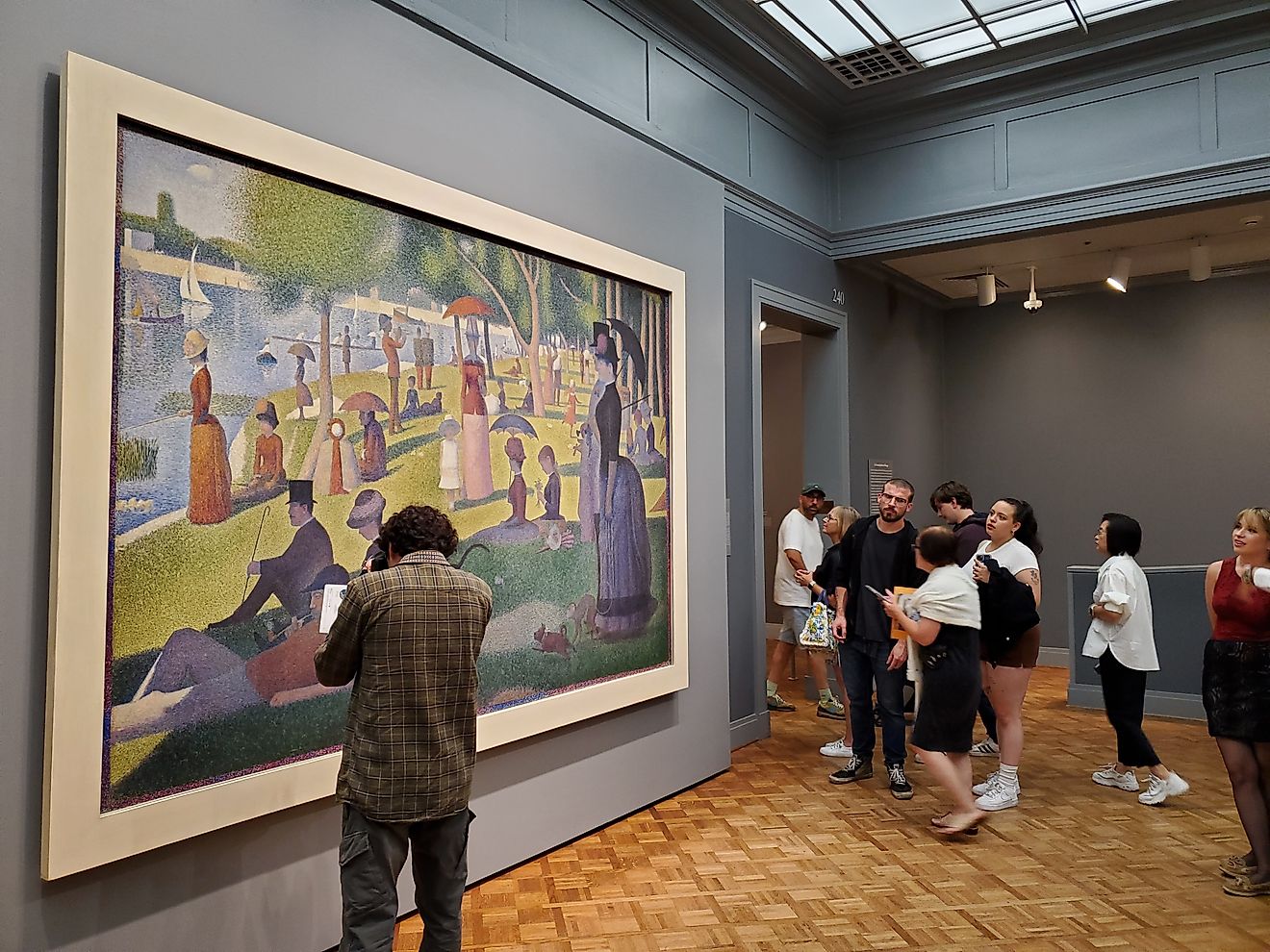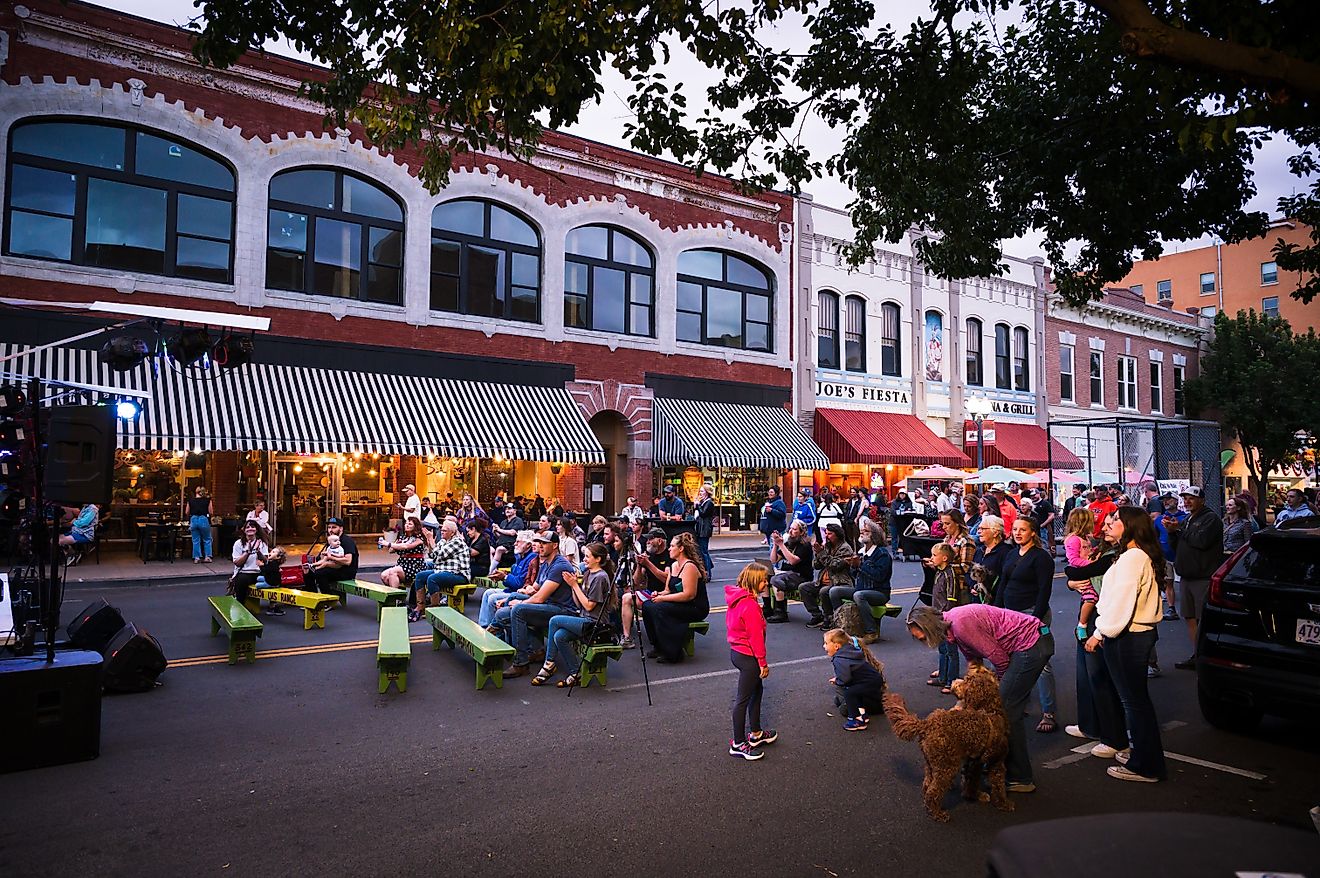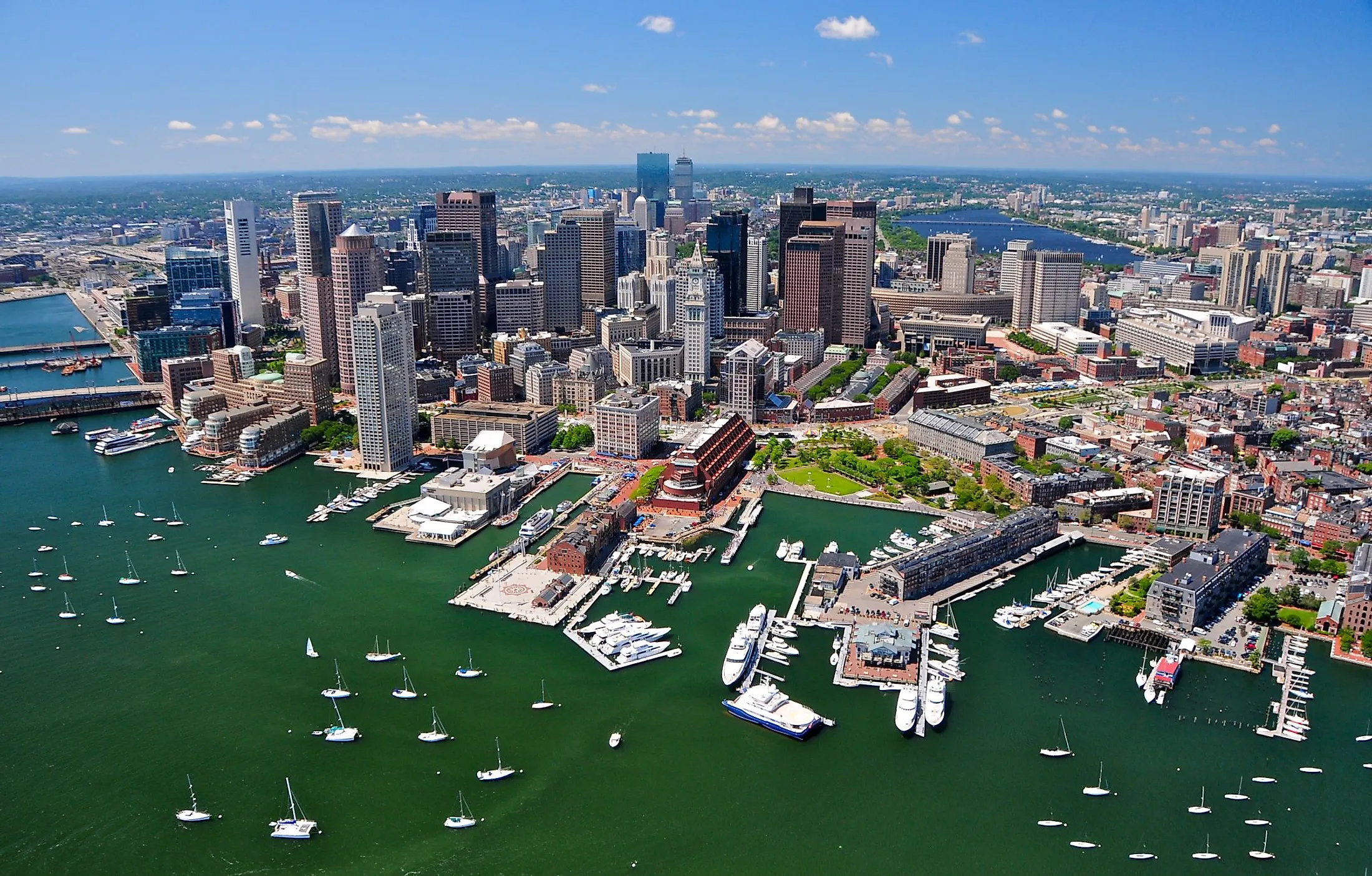
6 Most Popular Massachusetts Cities You Should Visit
There is an enthusiastic aura in Massachusetts, a US state full of universities. Filled with historical sights, arts, and cultural lives on the streets, these most popular cities in Massachusetts allow one to feel free and lost in a daze while discovering new things about the country.
Boston
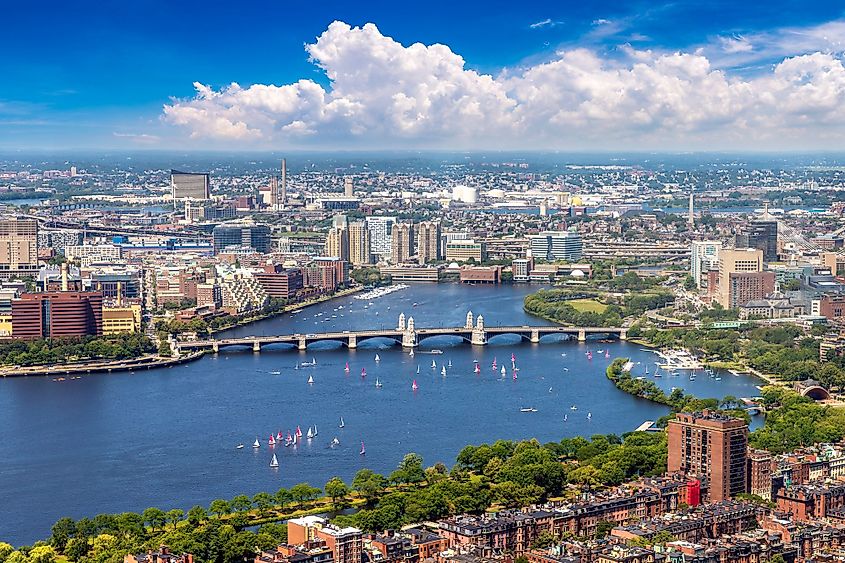
Set on water, Boston is a multicultural city filled with landmarks and sights telling its rich history as one of the foremost urban areas in the country. Known for fine art, ethnic neighborhoods, Americana, antiques, seafood, modern architecture, and location on the bay, it is also long-standing as a left-wing politics and acceptance city. The North End hosts many Italian immigrants who established a vibrant community brimful of authenticity and establishments like in their homeland. China Town is full of delicious bakeries and ethnic restaurants, while the Jamaica Plane offers a more bohemian and diversified vibe. SoWa at the south end comprises a galore of markets, shops, and art galleries, while the Prudential shopping center is Boston’s tallest building. Boston Back Bay is a stroll-worthy place with the trendiest Newbury Street that features picturesque, rust-colored buildings and old-fashioned mansions set stark against the blue waters.
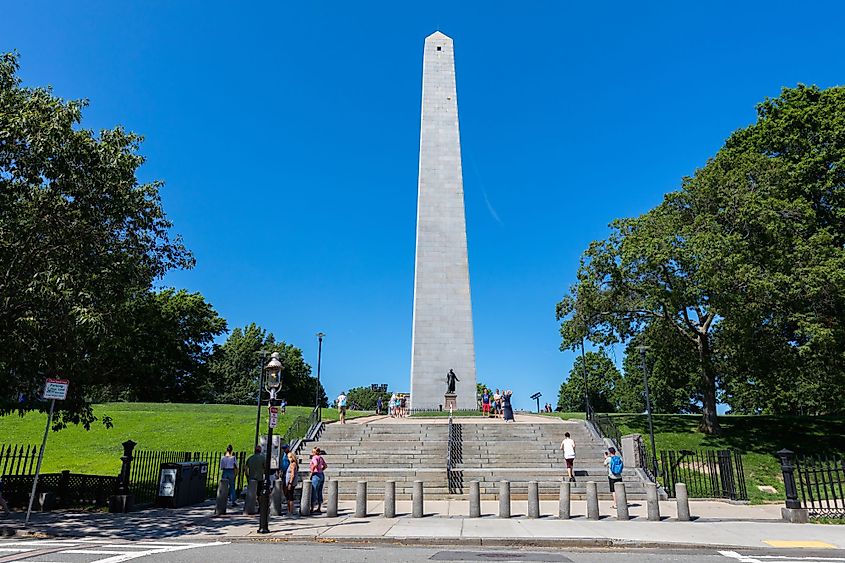
The Freedom Walk comprises an engaging and interactive trail leading one through historical sites, including the State House, Old South Meeting House, Paul Revere House, Old North Church, and Bunker Hill Monument. There is also the Brahmin bastion of Beacon Hill, world-class art museums, and "The Hub" that has something for everyone. The family attractions include the Boston Museum of Science with a planetarium, IMAX, the Boston Children's Museum, and many interactive exhibits throughout the city. The beautiful Boston Public Garden features Swan Boat rides, while the Waterfront district comes with the New England Aquarium and the Christopher Columbus Park. To refuel after all of the adventures, there is the nearby Faneuil Hall Marketplace with a food hall, tons of shops, and cart vendors.
Cambridge
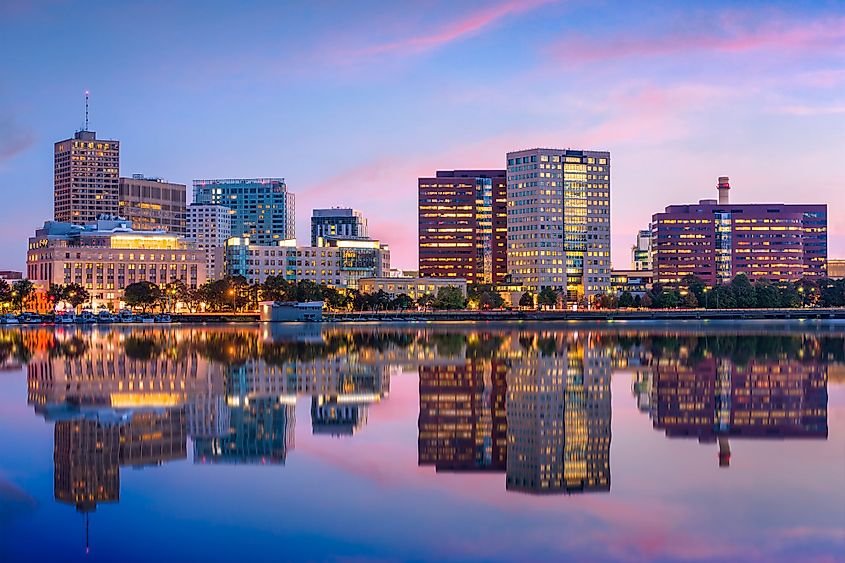
Forming a portion of the metropolitan area of Boston and connected by the same transit system, Cambridge is a college city considered the state's gem. Known for its peaceful atmosphere of cobblestoned paths lined with brick façades and old Victorian houses, one will also run into musicians busking and artists selling their work on the streets. The bustling Harvard Square with a sprinkling of cafés is the old soul of the city, full of students, bookshops, and people-watching opportunities. Central Square comes with many unorthodox restaurants and shops reflecting the city's nonconformist atmosphere. The city full of students features many excellent art centers and one of the nation's liveliest nightlives, including countless awesome bars and restaurants.
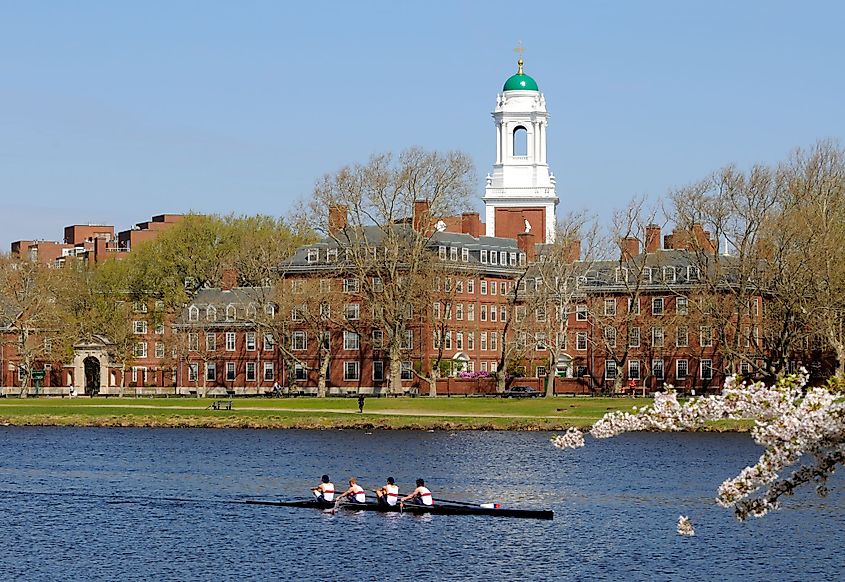
Its scenic Harvard University has been the country's oldest institution of higher education since 1636. The campus centered in Harvard Yard at Harvard Square feels like a city on its own for a must-visit afternoon of strolling among the old-fashioned edifices sprawling across the lawn. The adjacent Harvard Art Museum, housed in a building designed by Renzo Piano, is a short walk away from the prestigious Peabody Museum of Archaeology and Ethnology, the Mineralogical Museum, and the Botanical Museum that comes with an outstanding collection of glass flowers. Massachusetts Institute of Technology (MIT) comprises a 150-acre campus whose buildings were designed by some of the greatest modern, postmodern, and contemporary architects, including Frank Gehry, Alvar Aalto, I. M. Pei, and Eero Saarinen. Its open-air art gallery houses sculptures by artists like Pablo Picasso, Alexander Calder, Henry Moore, Jacques Lipchitz, and Auguste Rodin.
Newton
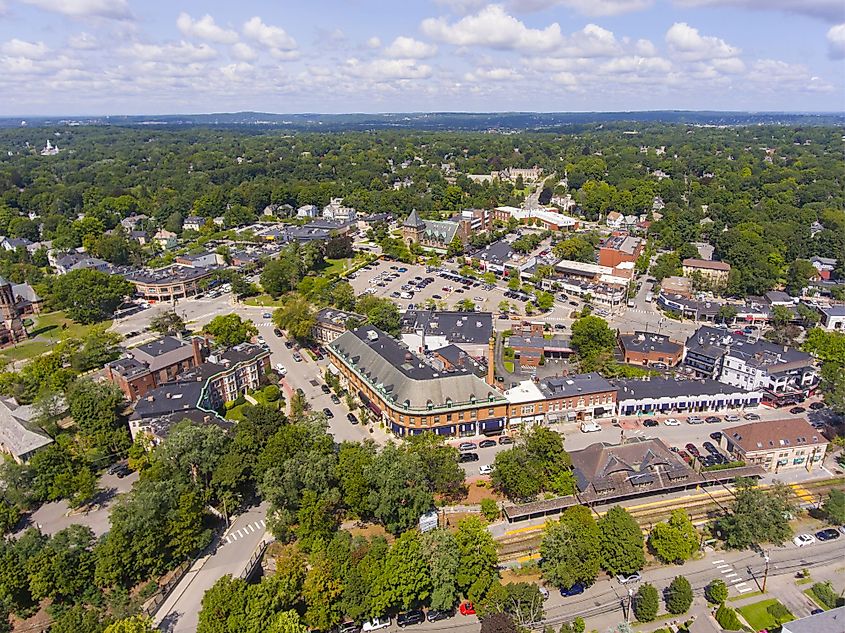
Newton is an affluent eastern Massachusetts city with 88,000 residents, a flourishing economy, and a healthy job market in services and trade. Set just 10 minutes west of Boston, it comprises 13 villages, including Auburndale, Newton Centre, Newton Upper Falls, Newtonville, Nonantum, and Waban. The town was settled in 1620 as part of Cambridge until 1688, when it was incorporated separately under the name New Towne. Adopting its present name three years later, Newton began to thrive as milling and forge industries town, set at the upper and lower falls of the Charles River. The completion of the Boston and Worcester Railroad in 1834 and the building of the Charles River Railroad in the mid-19th century stimulated the growth in population.
Comprised of historical homes lining the leafy green streets, it boasts the "Garden City" moniker, where the outdoor fans will rejoice in visiting the Charles River Reservation and the Webster Conservation Area. There's the notable Jackson Homestead and Museum, built in 1809 as a farmhouse showcasing the town's history and exhibits on the Underground Railroad, filled with paintings, manuscripts, photographs, maps, and numerous historical artifacts. The railroad served as a secret system in the abolishment movement by helping the enslaved people from the south escape north and into Canada. The vibrant college community with many university campuses comes with a lively art scene and a cultured atmosphere. There are two symphony orchestras, an extensive state-of-the-art public library, the New Repertory Theatre and Newton Country Players resident theatre groups, and regular Broadway musicals at the Turtle Lane Playhouse. The Boston College's "Eagles" provide the city with enough first-rate collegiate sports action. There is also an outdoor farmer's market from July through October.
Plymouth
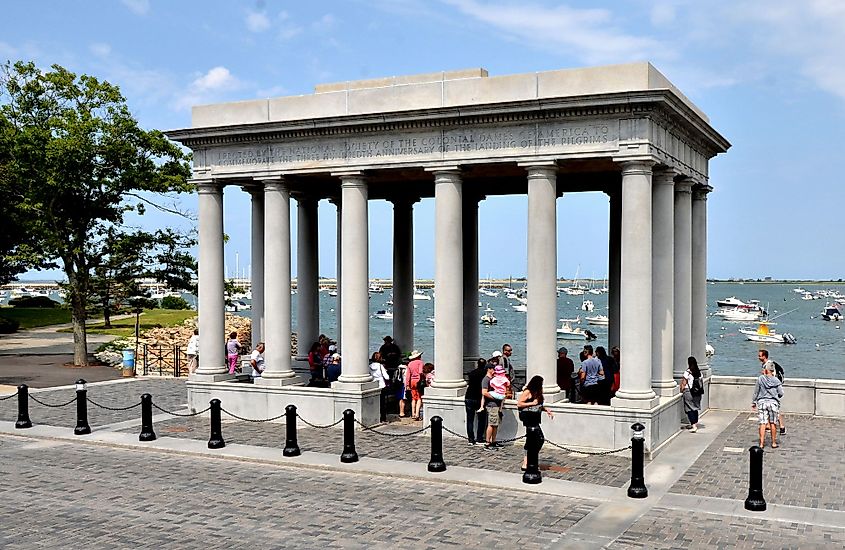
Set in southeastern Massachusetts, "America's hometown" is drenched in deep history. Fleeing Britain's religious persecution, Pilgrims arrived in Plymouth aboard the Mayflower in 1620, settling the first permanent European settlement in the north, marked by Plymouth Rock at the place of their landing. The site was chosen for the broad, sheltered harbor with a large freshwater brook. The wooded hills supplied timber, while the cleared areas served for farming. It was named by the captain Christopher Jones to honor the harbor in England, from which they set off 14 weeks earlier. The city continued to expand through rope-making, shipbuilding, and fishing, commemorated through many sights.
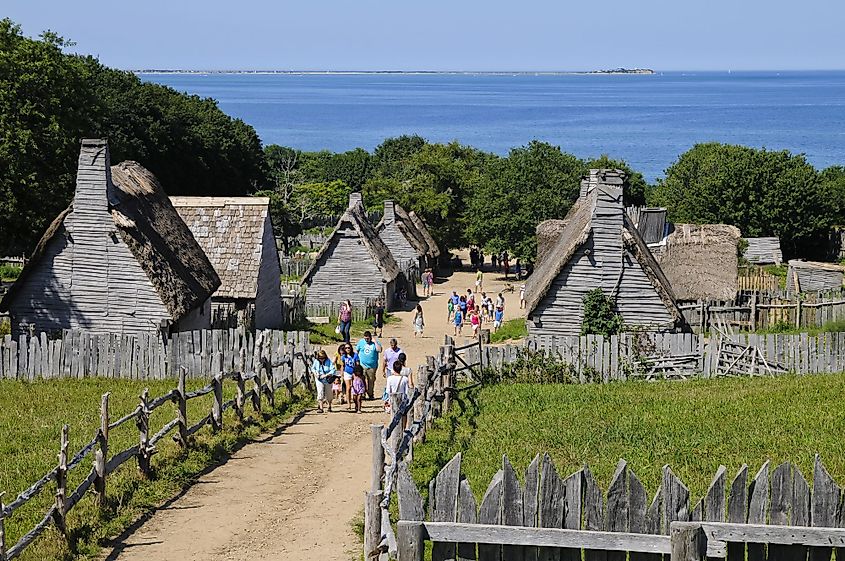
A hub for tourists, one can visit the recreated village with costumed Pilgrim interpreters at the Plimoth Patuxet Museums. The Pilgrim Hall Museum (1824) displays Pilgrim furniture, decorative arts, paintings, and the shipwreck remains of the wooden ship Sparrow Hawk from Cape Cod in 1626. Other artifacts include Governor Bradford's bible, Myles Standish's sword, and the original Peregrine White's cradle from when she was born on the Mayflower. There is a replica of the Mayflower and the oldest wooden Sparrow House surviving since 1640 that shows how primitively the first settlers lived. One can also see the life of Native Americans who welcomed the Pilgrims at Hobbamock's Homesite. Thanksgiving is an especially popular time to visit, commemorating the very first holiday that took place in Plymouth when the Pilgrims gave thanks for a challenging yet successful voyage.
Waltham
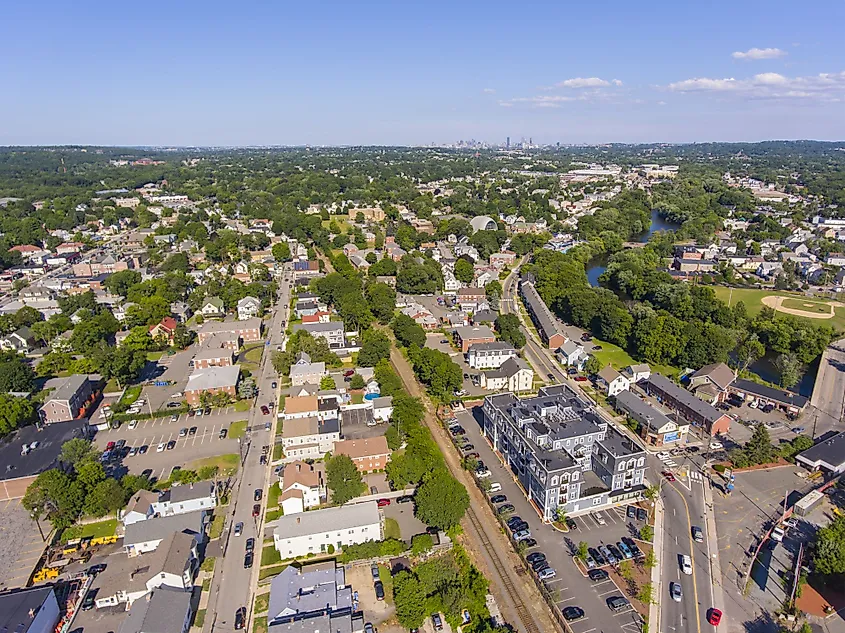
Set in eastern Massachusetts just west of Boston, Waltham is an industrially strong city with many services. It is also a leader in research and development with strong aerospace and defense programs. Settled in the 1630s and incorporated in 1738, it thrived on waterpower with many gristmills and paper mills in the area. The textile mill processing raw cotton into finished cloth was followed by industrialization and finding the American Waltham Watch Company in 1854 as the nation’s first mass-producer of watches. The city progressed and was named after Waltham Watch Co., one of the world’s largest assembly line watch factories that produced more than 40 million watches and clocks in the 19th century.
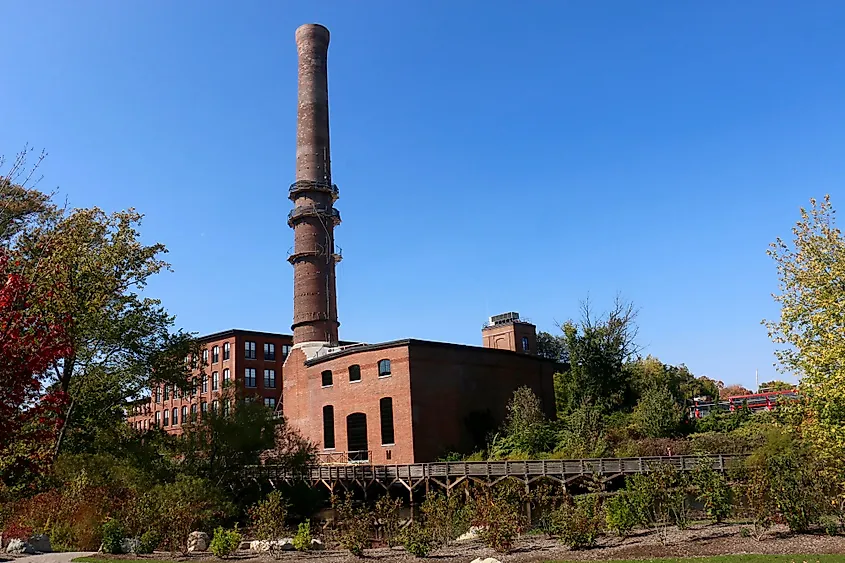
Historically significant, Waltham's landmarks include the Lyman Estate, Stonehurst, the Robert Treat Paine Estate, and the Gore Place (1806). It is also the site where the first American training school for nurses was started in 1885. The Brandeis University and Bentley College give Waltham a youthful feel with an active nightlife, while the city's Student Universe is a tech firm that uniquely provides students with discount travel services. The main thoroughfare Moody Street features an eclectic dining scene with over 260 bars and restaurants in the vicinity. There are several parks, theatres, and five museums for entertainment, including the notable Charles River Museum of Industry and Innovation, the Waltham Museum showcasing local history, and the Rose Art Museum.
Worcester
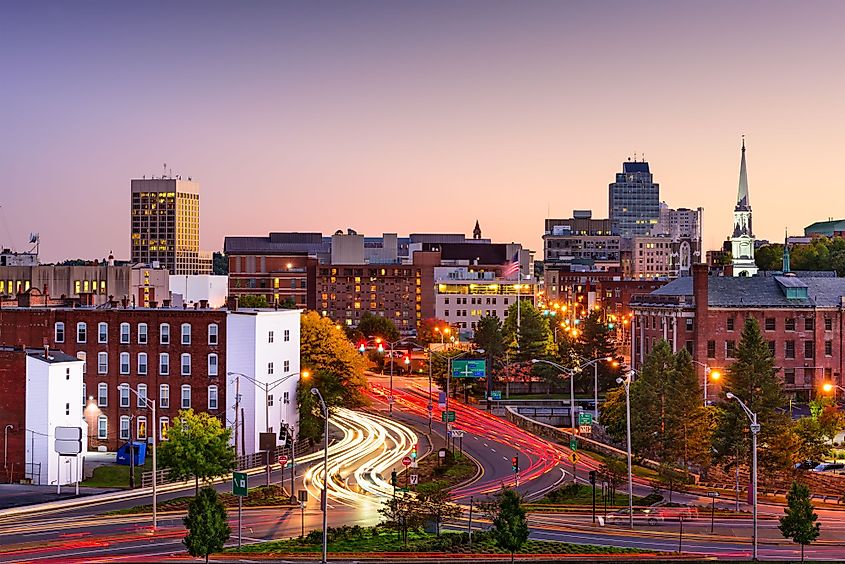
Set centrally on the Blackstone River midway between Boston and Springfield, Worcester is the second-largest city in the state. Starting as a settlement in 1673 that was disbanded during King Philip’s War (1675–76), the permanent settlement was established in 1713. Incorporated as a town, it was named Worcester in 1722 after the namesake in England. In manufacturing since 1789, it was home to the nation's first corduroy cloth, although a lack of waterpower stunted real economic progress. With the advent of steam power and the opening of the Blackstone Canal in 1828 between the community and Providence on Rhode Island, the town began to expand and industrialize. The railway connections stimulated the city to grow further. The state's branch opposing the extension of slavery, known as the Free-Soil Party, evolved out of a meeting held in Worcester in 1848. The city served as an essential stop on the Underground Railroad in the early abolitionist sentiment with a route that helped enslaved people escape.
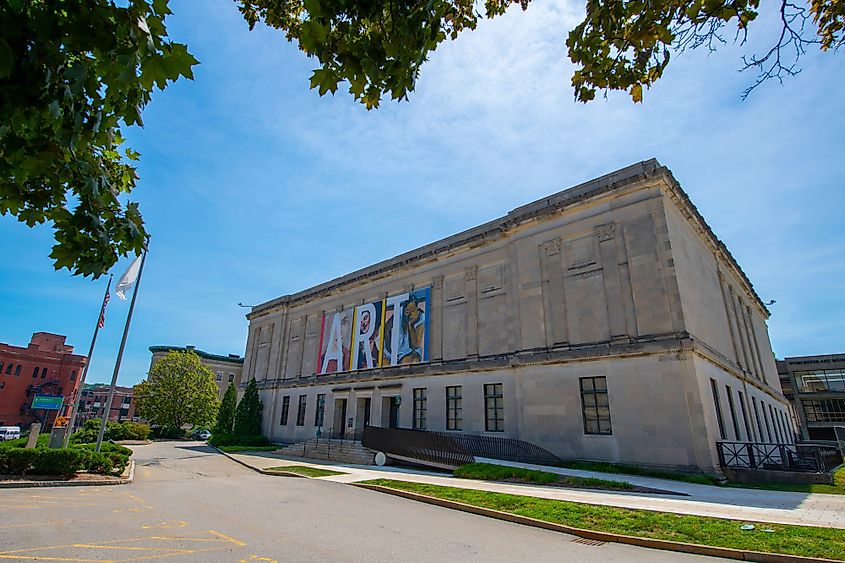
Worcester is now a commercial and industrial hub of the urbanized area, with highly diversified modern industries in producing metals, textiles, clothing, paper, electrical machinery, and precision instruments. Home to many universities and colleges, Worcester is also an educational and cultural hub where secondary services, including tourism, spur the economy. Entertainment venues include the Worcester Art Museum, the EcoTarium, the Worcester Historical Museum, and the Higgins Armory Museum, showcasing notable medieval armor collections. The annual Worcester Music Festival to be held in September this year is the nation's oldest of its kind, having provided classical music since 1858. The outdoor fans love visiting Lake Quinsigamond and the Quinsigamond State Park to the north of the city.
Home to the first settlement in the north of the nation, Massachusetts' rich history must be experienced by every citizen and visitor to learn more about the United States. One will feel immediately absorbed in the quintessential atmosphere with the open vibe of these most famous cities of the state.

